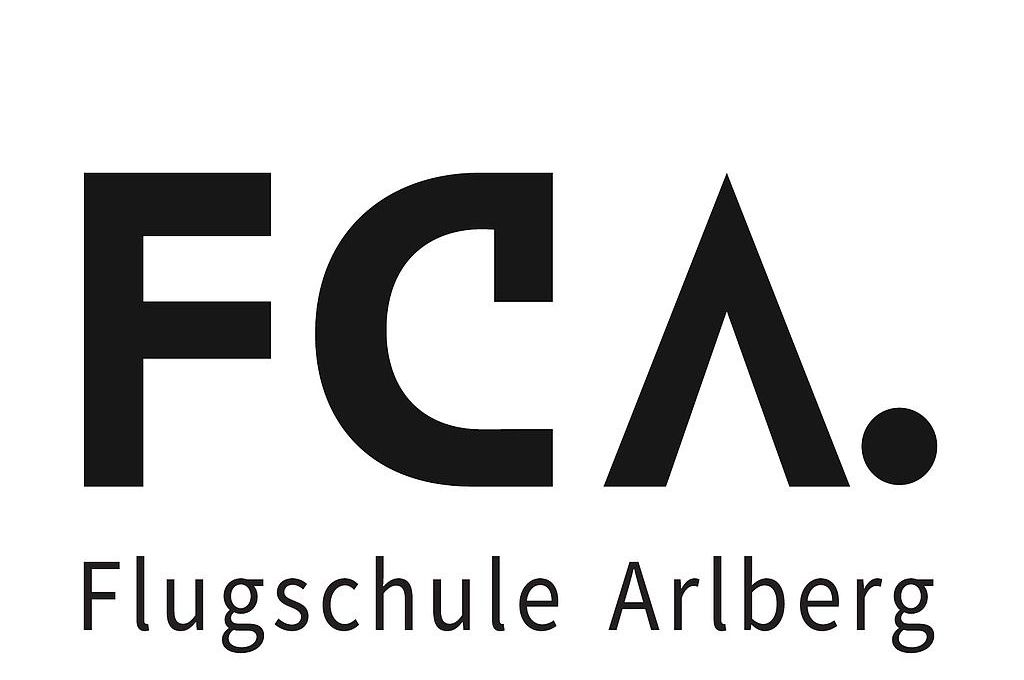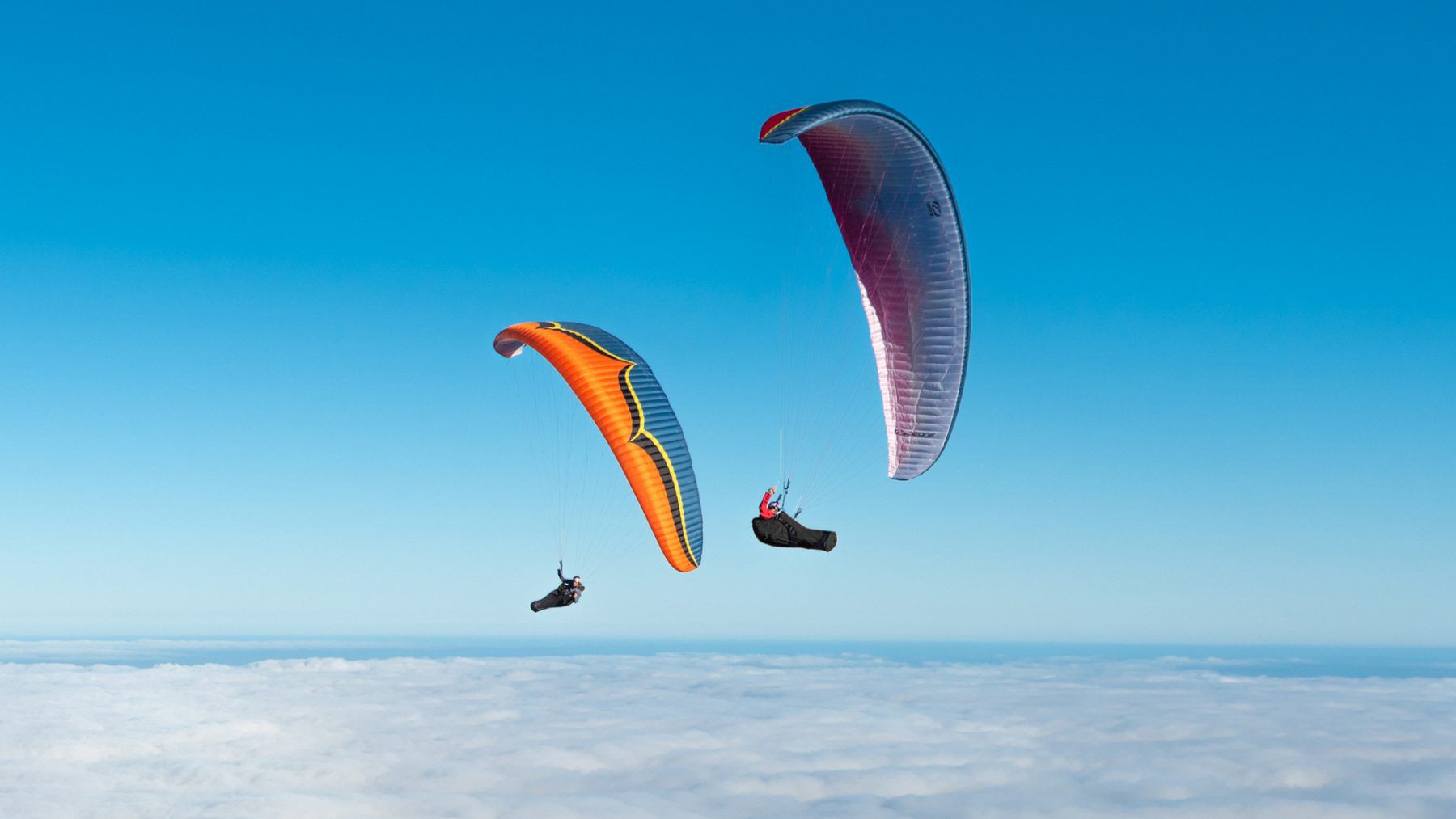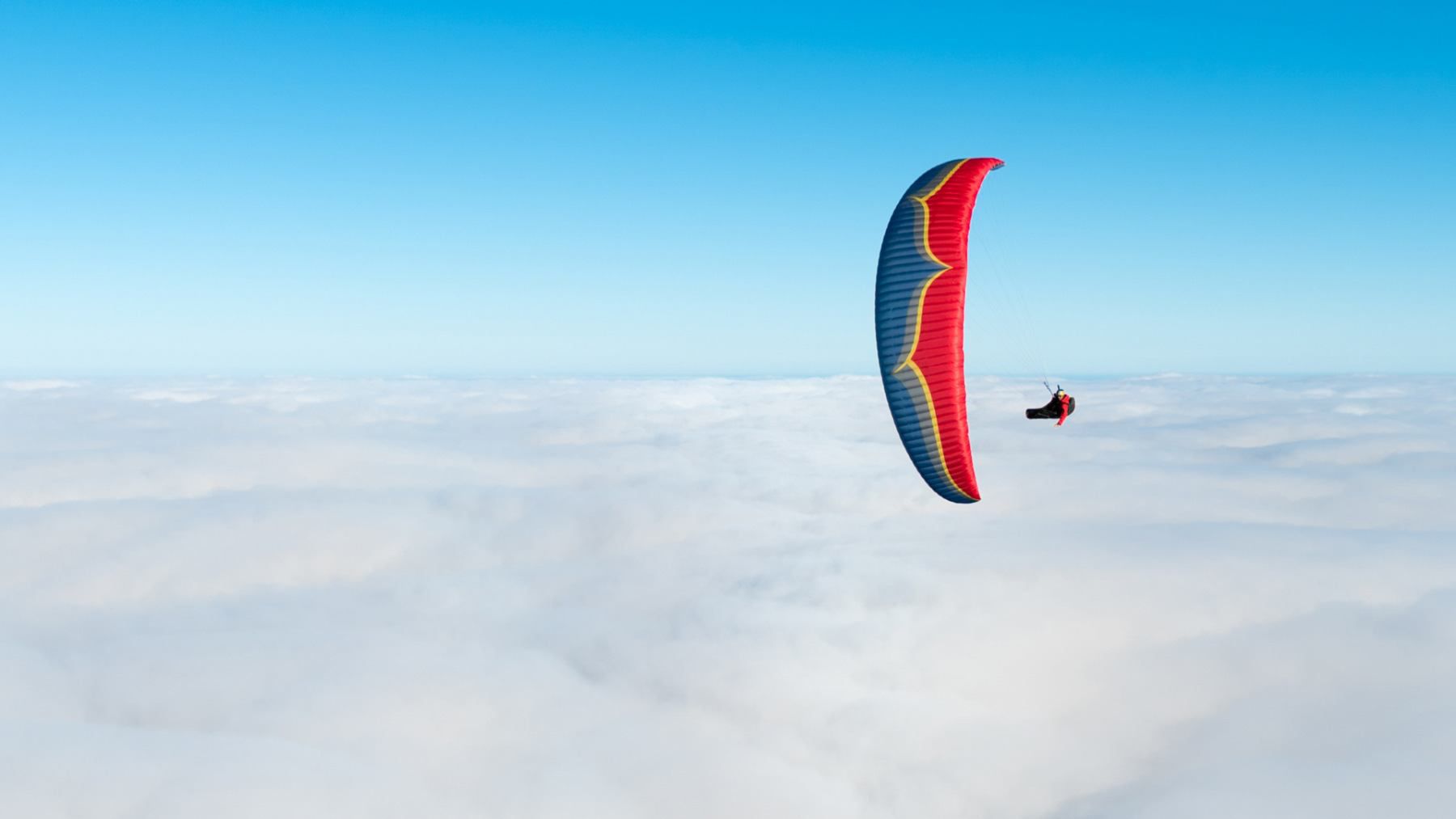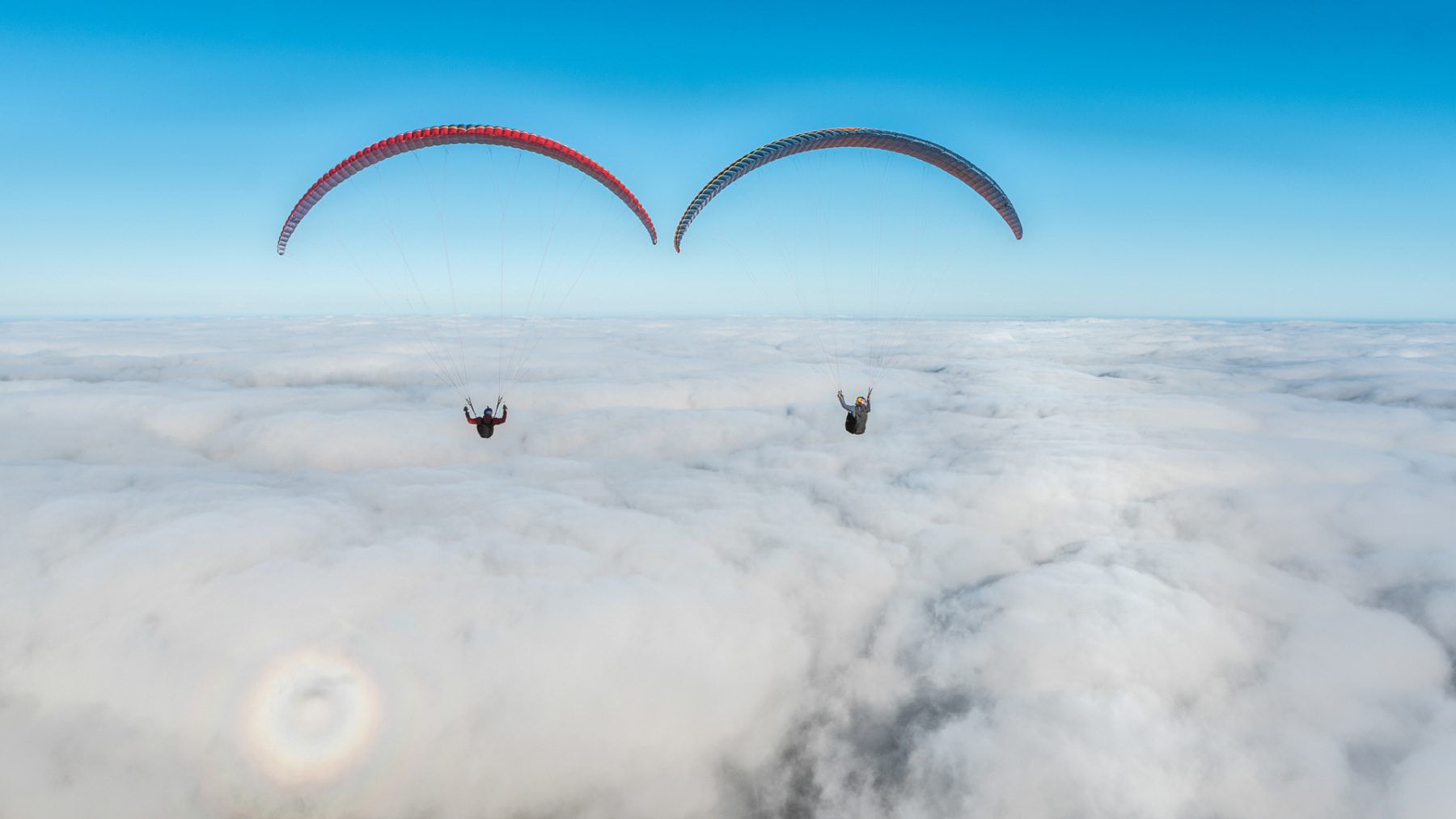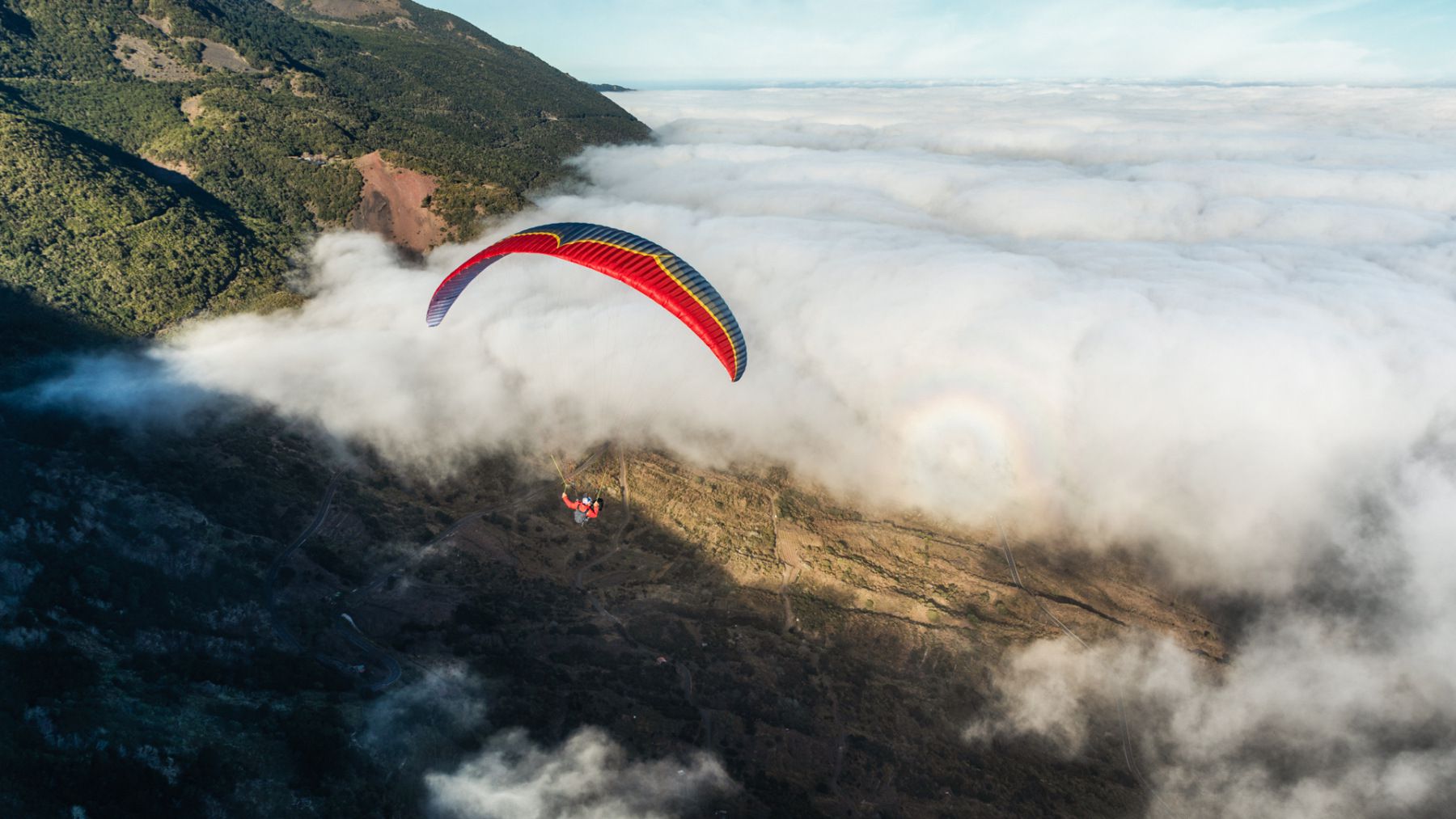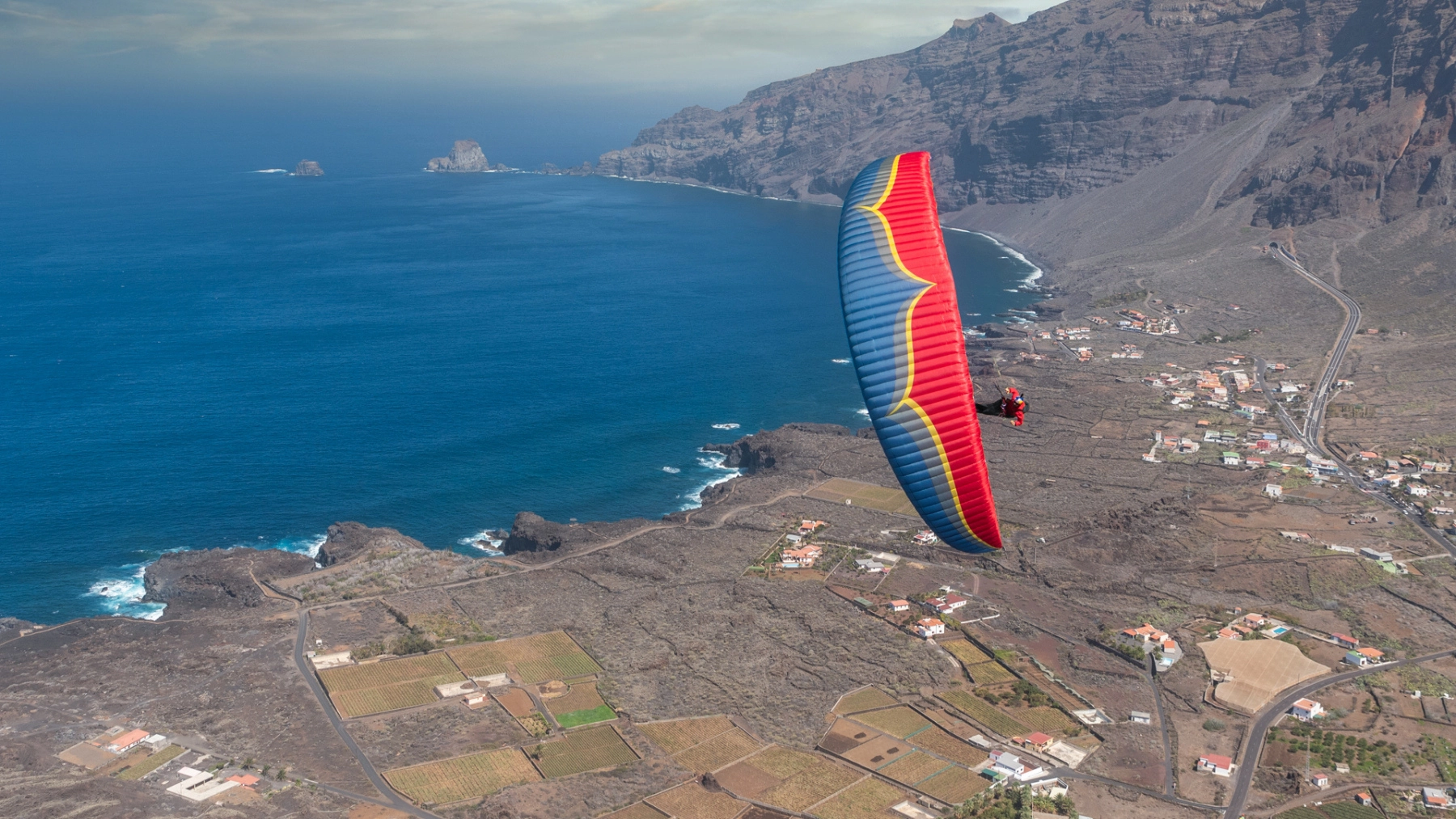PRODUKTINFO
Ein Quantensprung
Der Delta 4 bietet den größten Leistungszuwachs, den wir bisher mit der Delta-Modellreihe gesehen haben, und behält gleichzeitig den Komfort und die Benutzerfreundlichkeit bei, die diese Serie zum meistverkauften Flügel der Sportklasse aller Zeiten gemacht haben.
Die 2-Liner-Technologie in den Flügelspitzen reduziert den Luftwiderstand erheblich und verbessert gleichzeitig die Verteilung des Auftriebs in Spannweitenrichtung.
Aus der Mantra-Serie wurde ein neues Profil mit geringerem Luftwiderstand mit kleineren Öffnungen und höherer Effizienz entwickelt.
Leistungstest
Der D4 hat einen massiven Sinkratenvorteil von +12 cm / s gegenüber dem D3. In ruhiger Luft führt dies jede Minute zu einem vollständigen Anstieg der Segelflugzeugkegelhöhe. Bei Turbulenzen ist der Gewinn größer, wenn der D4 Turbulenzen mit Böen für den Höhengewinn durchschneidet, ähnlich wie bei einem Wettbewerbsflügel. Die Höchstgeschwindigkeit des D4 ist 3 km / h schneller und geht im beschleunigten Flug vom D3 weg.
Wahre Leistung
Intuitive und effiziente AoA-Steuerung, ein verbessertes Tragflächen-Design und eine optimierte interne Struktur machen den D4 zu einer XC-Gleitmaschine in Turbulenzen. Seine Struktur ist die stärkste, die wir bisher gemacht haben. Selbst bei aggressiven Turbulenzen bleibt das Profil ungestört und behält seine Form und Effizienz bei, ohne dass die Leistung durch Sehnenverformung beeinträchtigt wird.
Neues ACR-System
Die neuen Ozone Active Control Riser, die von der Mantra-Serie übernommen wurden, ermöglichen eine vollständige AoA-Kontrolle über den gesamten Geschwindigkeitsbereich, ohne den Sturz des Profils zu verformen. Das ACR-System wirkt auf B & C-Leitungen und bietet eine 2-Liner-Steuerung mit dem Komfort eines 3-Liner-Designs.
Sicherheit
Dies ist das bisher am besten benommene Delta. Der D4 ist selbst bei Turbulenzen mit voller Geschwindigkeit sehr kollabierbeständig. Das Verhalten nach dem Zusammenbruch ist das mildeste der gesamten Delta-Serie. Dies wurde erreicht, indem das Seitenverhältnis relativ niedrig gehalten, die Struktur und die Linienarchitektur verbessert und die Flügelverdrehung optimiert wurden. Ausgiebige Tests zeigen eine geringe Tendenz zum Schießen oder Drehen nach einem Seitenkollaps und kein erneutes Aufblasen des Schocks. Das Verhalten in den Frontalen ist bei sofortiger Wiedereröffnung ausgezeichnet.
Dank des Ozone Shark Nose-Profils ist der Flügel widerstandsfähig gegen Spin & Stall und kann sicher mit niedriger Geschwindigkeit geflogen werden, wodurch Top-Landungen oder Landungen an engen Stellen für einen Flügel dieser Klasse einfach sind.
Auf Freude eingestellt
Im Vergleich zum D3 ist das Handling deutlich verbessert. Die Bremsen sind linear - präzise im ersten Teil des Bereichs und wirksam im zweiten. Es ist einfach, den Neigungswinkel einzustellen und den Flügel genau dort zu platzieren, wo Sie ihn im Kern haben möchten. Starke Akkordstruktur und hohe Segelkohäsion sorgen für hoch koordiniertes Rollen / Gieren und ein agiles, aufregendes Gefühl.
Der Pilot
Die Delta 4 ist für fortgeschrittene bis fortgeschrittene Piloten gedacht, die 50 bis 100 Stunden pro Jahr fliegen und über SIV-Erfahrung verfügen. Aufgrund seiner Benutzerfreundlichkeit und seiner hohen passiven Sicherheit eignet es sich auch sehr gut für Piloten, die aus der folgenden Kategorie aufsteigen. Erfahrene Piloten, die mit höheren Sicherheitsmargen fliegen möchten, werden feststellen, dass die D4 ein zufriedenstellendes XC-Tool mit erstklassiger Leistung ist.
Material
- Top Surface Cloth: Dominico 30D
- Bottom Surface Cloth: Dominico 20D
- Rib cloth: Porcher 9017 E29 (hard)
- Upper lines: Edelrid 8000U serie
- Mid lines: Edelrid 8000U serie
- Lower Lines: Edelrid 8000U serie
by Luc Armant
The Delta Series has never seen such a big leap forward in performance.
A new line-plan with a two-liner structure on the outer span has significantly reduced line drag.
The spanwise lift distribution in accelerated flight has been improved thanks to the new wingtip rigging and wing-tip riser system, which reduces induced drag.
The new airfoil, which has smaller openings and the Ozone G-string, also contributes to the performance increase.
During side by side glide tests with the D3, at maximum speed of the D3, the D4 has a massive advantage in terms of sink rate: meaning that it glides significantly better at max speed.
The Delta 4 max speed is 3km/h faster than the Delta 3
At trim speed there is 0.2 points improvement in glide ratio for the D4.
The Delta 4 climb efficiency is significantly better.
We believe that these factors make the D4 the highest performance cross country wing in the category, even while having very tame behaviour and easy handling.
EASY AND FAST GLIDING IN TURBULENT AIR – FULL-CHORD CONTROL HANDLES
Solidity in accelerated flight is greatly improved thanks to a new airfoil and new internal structure.
The pilot is connected intuitively to the wing thanks to dedicated full-chord handles, inherited from the Mantra M7 and the Zeno series.
The pilot need only take the comfortable handles and apply some pressure on it while pushing the bar. When the lift decreases due to a reduction of the angle of attack in turbulence, the risers control makes the corrective input almost automatic, keeping a safe angle of attack without interfering with the profile camber, thanks to the direct connection to the B risers. The Full-chord handles allow you to glide easily in active air during speedy XC transitions.
The handle pressure is fine-tuned to allow the pilot to control his wing for long hours of cruising in turbulent air, without fatigue.
Intuitive and efficient AoA control, an improved airfoil design, and a highly balanced structure, makes the Delta 4 an impressive glide machine in turbulent air.
G-STRING
First introduced in the Rush 5, the G-string delivers most of the benefits of increased cell count, without the downsides (stitching precision loss, added weight, and cost). On speed bar, it has an anti-vibration effect and it helps to keep the leading edge shape, which increases performance. It’s also beneficial to wing reopening behaviour after collapse.
EASY ALL-ROUND BEHAVIOUR OUTSIDE OF THE FLYING BOX
The behaviour after collapses have been improved by keeping the aspect ratio relatively low and by improving the structure and the lines architecture. The Delta4 shows very little tendency to cravat after collapses. It always reopens immediately from frontal collapse. It rotates very little after asymmetrical collapses. It does not show tendency for shocking reinflation.
The wing is very resistant to stall and can reach safely very low speed. Span cohesion at very low speed is such that top landing has never been so easy for such a level of performance.
PRECISION HANDLING WITH EFFICIENT THERMALING
A lot of work has been done to fine tune the handling and improve the precision through the brake, while keeping excellent climbing efficiency.
The Delta4 chord structure has very little deformations through brake which improve the wing cohesion in a turbulent thermal. The whole internal structure response has been fine tube in order to keep reasonable brake pressure and a nice linearity of the wing’s response.
In order to associate precision and efficiency in thermaling, we developed a new brake line architecture including 28 upper line attachments associated with 28 V-tabs. The trailing edge keeps a very good tension through the whole brake range which allow very little loss in the brake fan in between the attachment points.
Roll and yaw response to brake input has been tuned for joy, pleasure and efficiency.
BIG EARS
Despite the two-liner wing tip structure, conventional big ears are still easy. Inducing and maintaining big ears requires more pressure and we have put a dedicated sheathed line in order to maintain a good comfort while maintaining big ears. Thanks to these extra lines, you can maintain bigger ears which allow more efficient descent. On the Delta4, the big ears have a high propensity to reopen by themselves. We have also improved the line architecture in order to avoid these irritating small cravats that other wings often do after big ears.
MATERIAL AND WEIGHT
Despite the use of strong, durable and well-known material on the skin panels, we were able to reduce the Delta4’s weight by 220g by optimizing the inner structure. The inner panels have more than 2000 carefully placed holes, made possible by the use of a high precision laser cutting technology, which reduced the weight by 35%. You won’t carry much unnecessary material.
exercitation ullamco laboris nisi ut aliquip ex ea commodo consequat. Duis aute irure dolor in reprehenderit in voluptate velit esse cillum dolore eu fugiat nulla pariatur. Excepteur sint occaecat cupidatat non proident, sunt in culpa qui officia deserunt mollit anim id est laborum.
